How do we begin to describe 2020? And how will we look back on it?
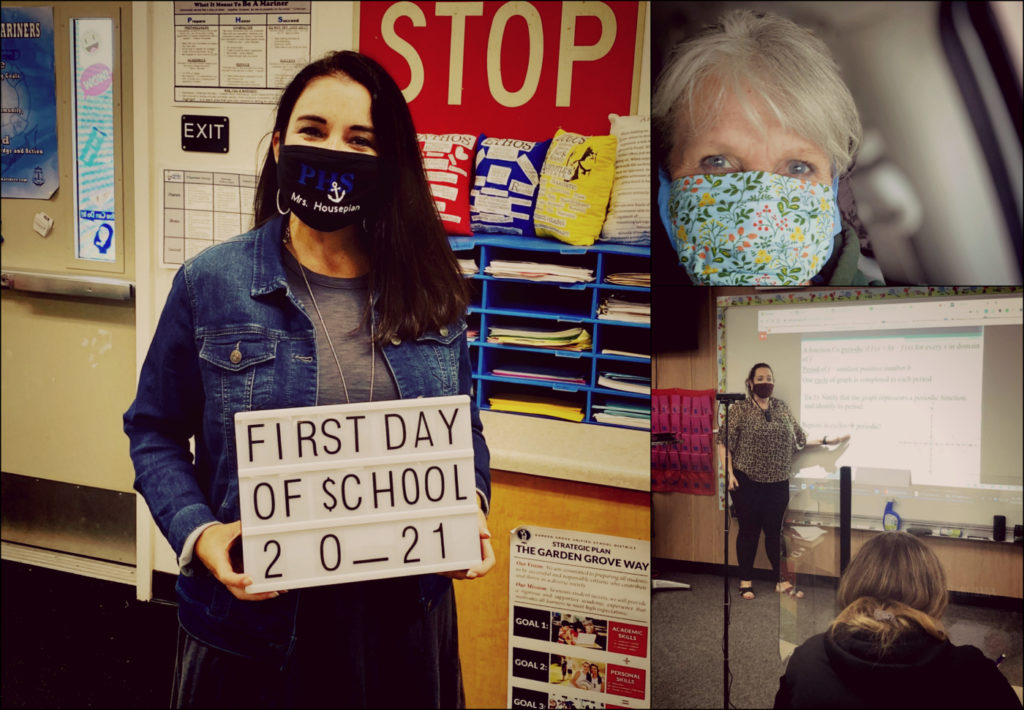
Over the last 12 months, we’ve been introduced to a scary new virus. We’ve watched businesses and school campuses close, reopen and sometimes close again. We’ve stocked up on face coverings and hand-sanitizer, navigated distance learning, and deciphered the state’s color-coded COVID-19 tracking system (sort of).
We’ve watched case counts soar and intensive care unit capacities drop. And we’ve found hope in the emergence of effective vaccines.
2020 has been disruptive, distressing, isolating, and for many, tragic. But it’s also brought its share of innovation, creativity and empathy. And because our lens is typically trained on schools and education, that’s where we’re going to focus here.
We reached out to semifinalists in Orange County’s Teachers of the Year program to see if they’d be willing to share their thoughts, insight and reflections on teaching in 2020. We wanted to know what they experienced, what they learned, what they saw in their students, and how they think they’ve changed.
Here’s what they had to say, in their own words.
***
Shelley Andros, seventh- and eighth-grade STEM, Buena Park Junior High School | Buena Park School District
2020 has called on educators to stretch and grow in practices we never imagined.
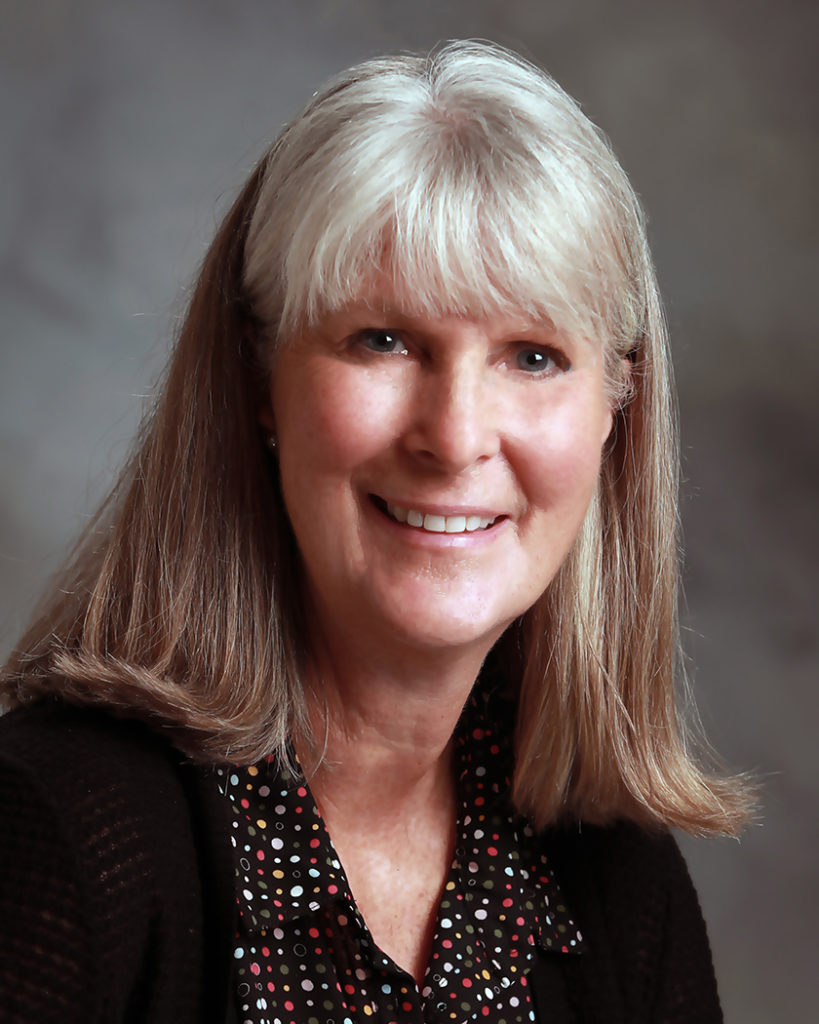
Never before have we been called to reach out to students through electronic screens, peering through tiny portals into their personal lives or black screens to motivate and engage students in their learning, making apparent the inequities within our student population. Spending hours creating engaging, rigorous lessons, while considering if they have an environment that allows for learning. Do they have enough bandwidth and emotional stamina to join/rejoin class? The needed support at home? The necessary supplies? This brings into context the significance of MTSS (the Multi-Tiered System of Support framework). How does one assess student achievement fairly, support their emotional state and teach to all learners through mini portals or black screens?
So yes, I say teach to the black screen and check-in with your students in whatever means best suits them this school year and beyond. May our students know we will and have always been their number one advocate for their achievements and continued growth. That we appreciate the whole child, no matter if their screens are on or not.
Oh, 2020. Know that through this you have only made the reasons and need for teaching to the whole child imperative. On behalf of myself and fellow colleagues, I thank you. May we all grow in our abilities to meet every child’s need where they are in 2021.
***
Lindsey Behm, eighth-grade social studies, Marco Forster Middle School | Capistrano Unified School District
Teaching in 2020 has essentially placed all teachers back in their first year of teaching. We are navigating new technology, learning management systems, and trying to support online students through hybrid or distance learning. Mimicking lessons from a traditional school year is met with new challenges, since we cannot control the learning environment for all our students.
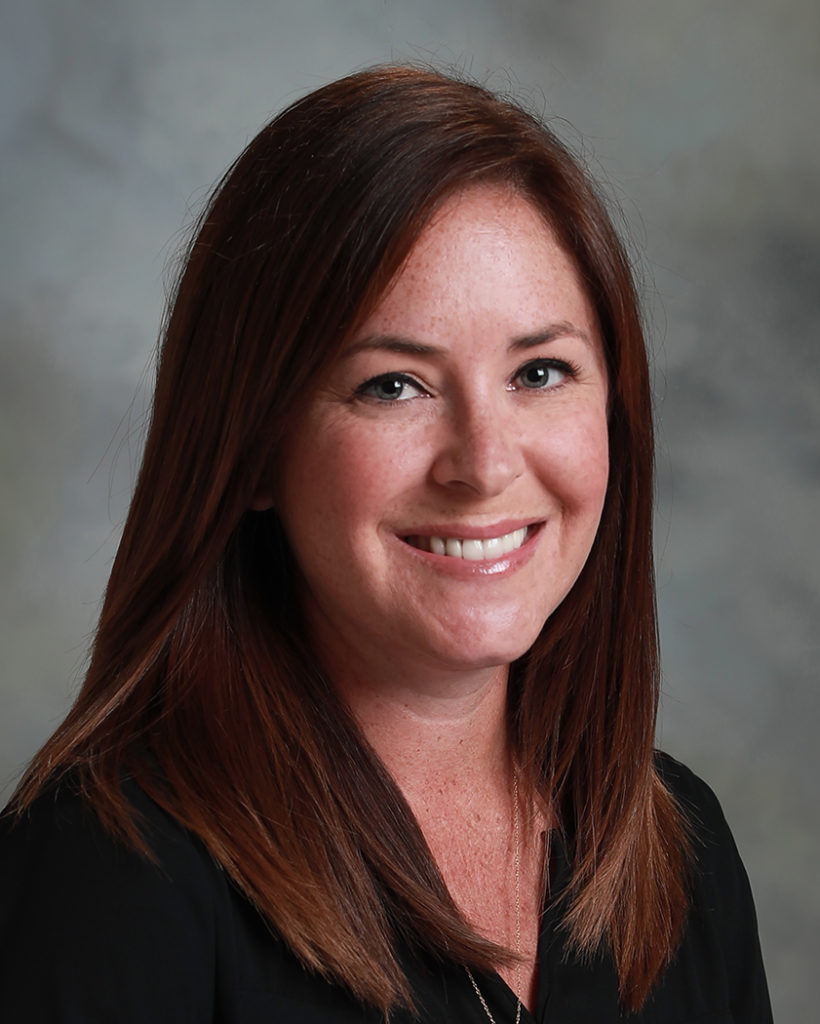
In testing out a classroom debate, I saw first-hand the challenges for online students to hear what was being said in the classroom. Using a district-purchased widget microphone, online students could hear — but only if students walked up to it and spoke directly into it, which disrupted the flow of traditional debates. Students were engaged and enjoyed speaking and communicating with each other.
After the debate activity, I did some research on teleconference equipment, which larger companies use to facilitate conferences and meetings in a hybrid setting. I reached out to some companies on Twitter to ask for donations and was fortunate to receive two wireless headsets and the Calisto 5200 speaker/microphone. These items from Poly (a videoconferencing company) aimed to support the hybrid model and allow equal access, social and emotional health, and academic support to students who attend 100 percent online. Something as simple as a quality microphone can make all the difference, including the inclusion for all students and facilitate two-way communication between in-person students and those online.
To hear the difference, I recorded the lesson when students in-person were speaking without the new microphone and repeated the same lesson, calling on the same in-person students to share with the new microphone, and even I was shocked at the difference. I knew my laptop microphone wasn’t the best, but I had no idea how bad it was. Teaching in the 2020-21 school year isn’t easy, but after plugging the new microphone in, an online student typed in the Zoom chat box, “Yay! We can hear them!”
Small victories where we are making a difference matter, and as we continue through the school year we must embrace these challenges and look for creative solutions to make a difference for our students. This year, more than ever, our students need us.
***
Allison Cabibi, social studies and English language arts, Imperial Middle School | La Habra City School District
Truth be told, teaching in the middle of a pandemic is not easy. However, it is through these tough times that you begin to appreciate what can come from a difficult situation.
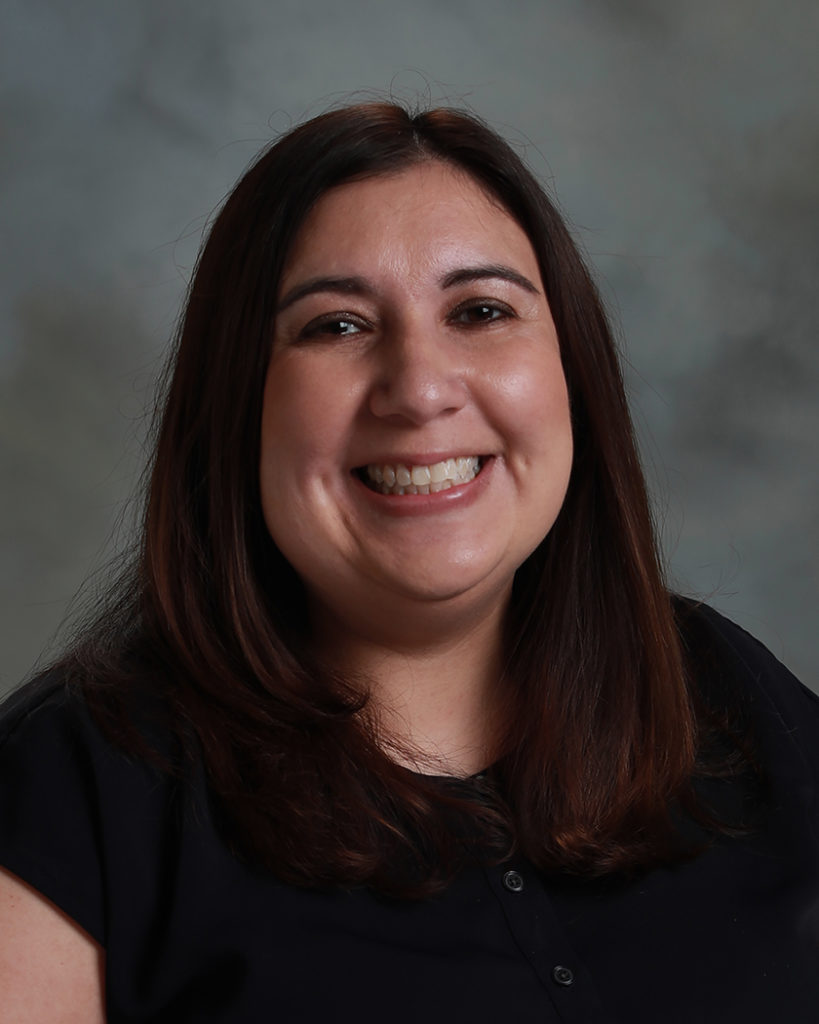
This was not a normal school year, so this paradigm shift in education has strengthened me on so many levels. I’ve learned a lot about myself as an educator, mother and member of the community. I’ve learned that students need social-emotional support now more than ever. I’ve learned that preparing lessons for virtual learning is like setting the table for dinner; it needs to be attractive, nutritious, delicious and fun to eat. I’ve learned not to sweat the small stuff, and continuing to build relationships and reinforce normalcy is paramount. Most importantly, I’ve learned that our students are resilient. I’ve seen my students become more proficient in technology than ever before. They became problem-solvers, learned to think outside the box, and cultivated new and exciting interests.
2020 has been a challenging year professionally, but I’m excited for new adventures and learning experiences in 2021.
***
Molly Chang, sixth grade, Steve Luther Elementary School | Cypress School District
The pandemic has been a life-changing crisis for us all. Only a positive growth mindset can lead us to success. As I reflect on the past nine months, three phrases came to mind:
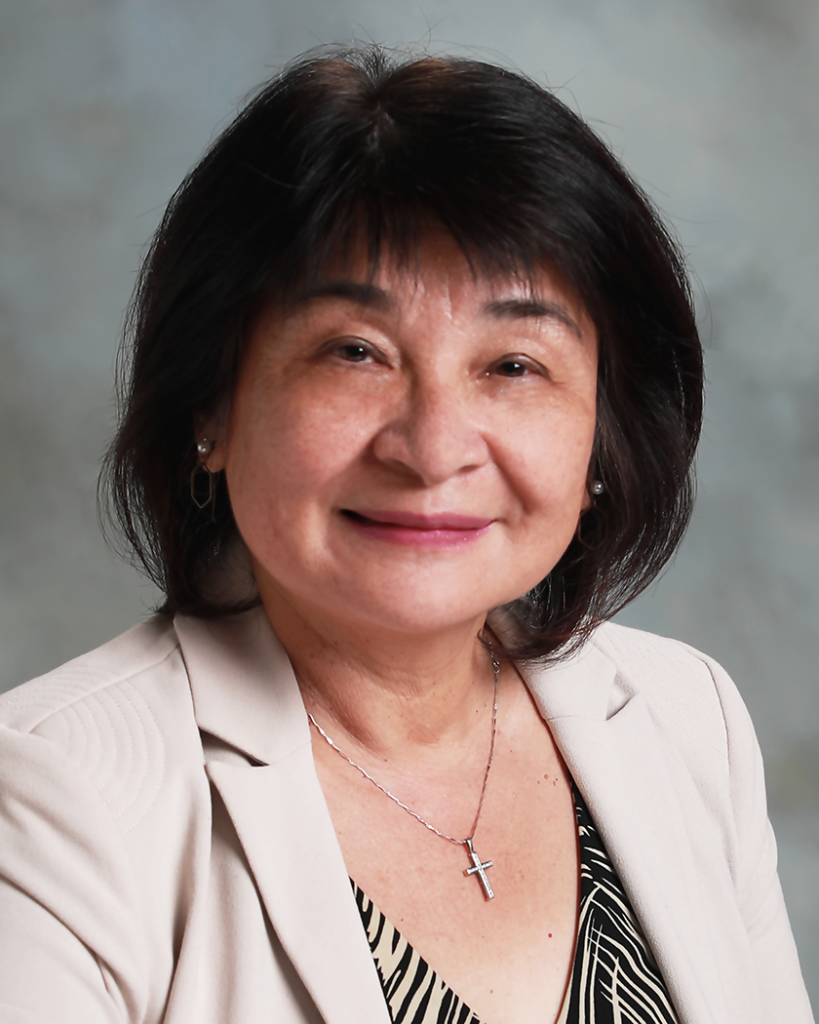
In the same boat: Being in the same situation strengthens the relationship among neighbors, communities, students and teachers. Empathy is what we all need in this pandemic. My class had a heartfelt discussion lately on empathy. Many students were actually able to step into other people’s shoes with genuine compassion by caring for the elderly around their neighborhood during this holiday season.
Growth Mindset: Every year I teach the “Growth Mindset” to encourage students to develop a positive learning environment for themselves as well as others. This year, students are really learning to be positive in challenging situations at school and at home. I am so proud of them.
Be Thankful: It is difficult for adults to handle sudden hardship — and how much more is it for our students? As for myself, counting my blessings leads to strength to move forward. In order to convey this concept to my sixth-graders, we often discuss how to appreciate what is still normal and consistent at home. Seeing a satisfied smile on their faces, we are ready to take another step forward in learning.
I see light at the end of the tunnel! My students and I will come out stronger and better.
***
Janelle Fox, precalculus and calculus, Los Alamitos High School | Los Alamitos Unified School District
During 2020 I have learned a lot! It seems that we are constantly being asked to roll with whatever comes our way with grace and patience, and so far that seems to be the only way to operate.
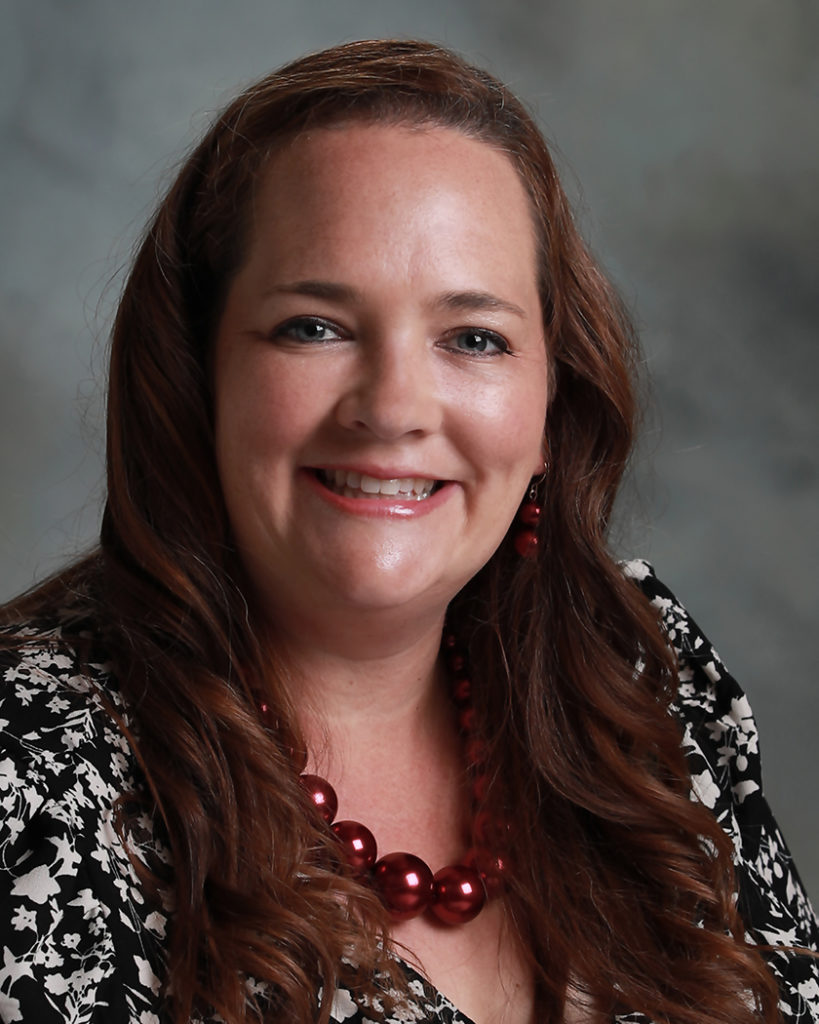
Almost everything we typically do in the classroom on a daily basis has needed to be reimagined — new ways to get feedback from students, new platforms to use for testing, and new ways to do daily paperwork tasks. I have also learned that creating and fostering relationships with students is of utmost importance, whether they are on the screen from home or behind a mask and desk shield in my classroom.
I hope on the other end of this episode my students will say that I and my class have been a bright spot for them throughout the challenges. I have also learned that during a year where I have taught in several different scenarios — from making lesson videos in my backyard, starting the school year teaching live to an empty classroom, and currently having students both at home and live-streaming in at the same time — I should always just be myself! I can show my passion for my subject and my love for my students no matter what the situation.
Finally, I have come to more fully appreciate my colleagues, where on a weekly basis we not only collaborate and innovate, but also laugh and cry together. Our district has a motto, “Better Together,” and it has meant more to me this year than ever before!
***
Laura Gomez, third grade, Martin Elementary School | Santa Ana Unified School District
As 2020 comes to an end, I am overwhelmed by feelings of gratitude and respect for my students and families. Together, we have learned that smiles are contagious, and so is a positive attitude.

I am grateful to the creative family teams that made remote learning work. This required support from grandmothers, babysitters, fathers, sisters, brothers and mothers. We have successfully held parent conferences from homes and offices. Videoconferencing has allowed working parents to remotely join our awards assemblies and parent meetings with leaf blowers and industrial vacuums on their backs. New and reimagined assignments have invoked family involvement beyond expectations. For some, these assignments have turned into engaging learning experiences with family during times of hardship.
The relationships that I continue to develop with my students remind me that we can achieve difficult things. Some students come to my office hours and tell me, “I don’t need help, but working together is less lonely.” After our first lesson on two-step word problems, I can see the group is successfully using drawings and manipulatives to answer problems. I genuinely remind them that they can do anything. A student replies, “Of course, you said we could, so we did!” My teacher-heart smiles as I realize how amazing and resilient my students are, and for a moment, I forget I am teaching remotely.
I am grateful for the perseverance my students and their families have brought into our virtual classroom and look forward to the new year.
***
Allison Goodlander, fifth grade, Barbara Benson Elementary School | Tustin Unified School District
What an exciting year 2020 was turning out to be. I was named Teacher of the Year for my school, Barbara Benson, then the Tustin Unified School District, and was entering the Orange County competition. This was the highlight of my career, what every teacher hopes for. Then March 13, 2020 struck. We left for spring break not to return in person until a month into the next academic year!
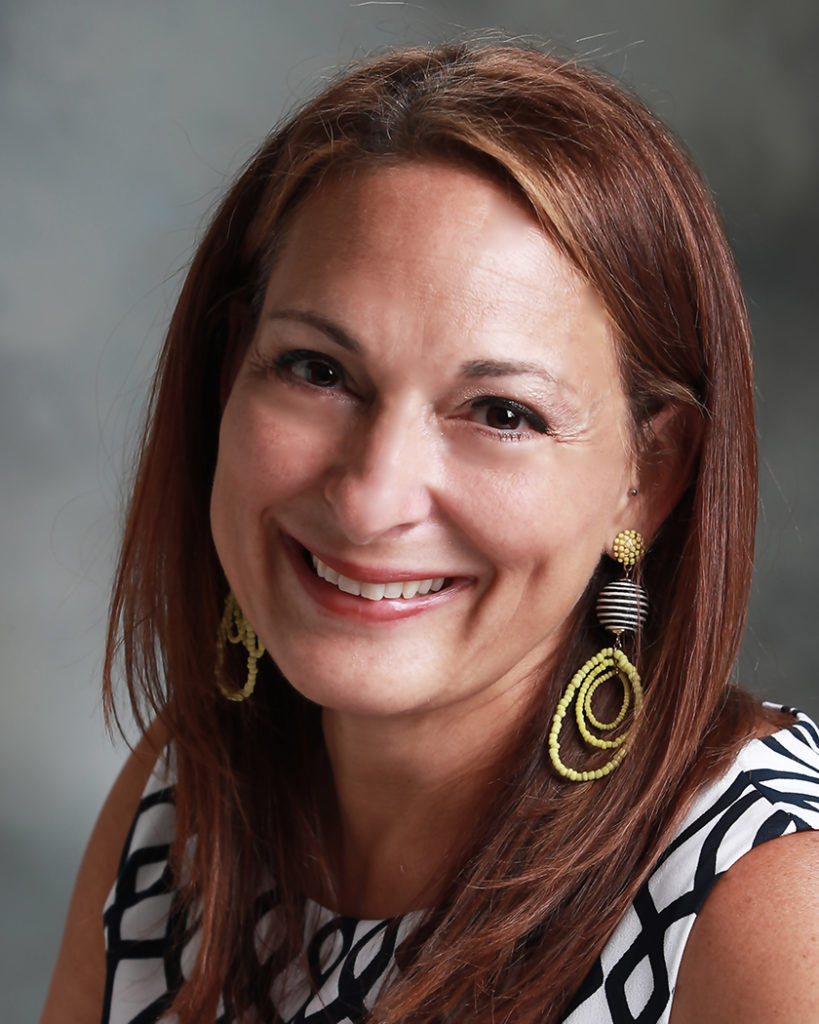
So much of what makes me a successful teacher is my attention to the social-emotional health of my students. Connections with students, families and colleagues are at the heart of what I do. COVID-19 posed a real struggle in maintaining relationships with my students. Several of my students were not connecting, and I had trouble navigating how to support them from afar while also confronting my own fears regarding the pandemic. I did what teachers do; I figured out ways to make it work. I knew that my connections with my students were more important now than ever. Spring was met with a lot of phone calls, emails and text messages checking in.
As summer was approaching, I knew it was time to create a new game plan. This was a definite time for reflection. I started asking myself a different question. Instead of what I needed, I asked myself what my students needed from me. I was fortunate enough to serve on some of my district’s COVID planning committees and embraced the new curriculum and management platforms. My teaching partner is amazing with technology and together we figured out a new normal.
I am teaching hybrid students and virtual students simultaneously in an am/pm model. I see each class for 2 ½ hours with a 15-minute break. This year called for a focus on what is truly important in my day. We still make time for a morning meeting, check-ins with how we are doing, and a lot of getting to know each other. It is important for us to feel connected as a class before we can learn as one. Some days I feel more connected now than ever before. Teaching looks much different in 2020, but I still wouldn’t change it for the world.
From this experience, I know that COVID-19 doesn’t stop learning. As an accomplished teacher, I must provide safety, learning, growth and support to my students regardless of this pandemic. I know that a year from now, life will be much different, and better. But through this challenging ordeal, I now have learned even more ways to connect with my students and families. I’ll use what I have learned to be an even better instructor attuned to the social-emotional health of our students.
***
Sarah Housepian, English teacher and yearbook adviser, Pacifica High School | Garden Grove Unified School District
Never has there been a time where the power of positivity and shared experiences has been more apparent. My students are craving praise and encouragement more than ever, some of them coming out and sharing that in so many words in wellness surveys and others through more subtle means. They need something to work toward and need to feel like they are connecting with others regularly.
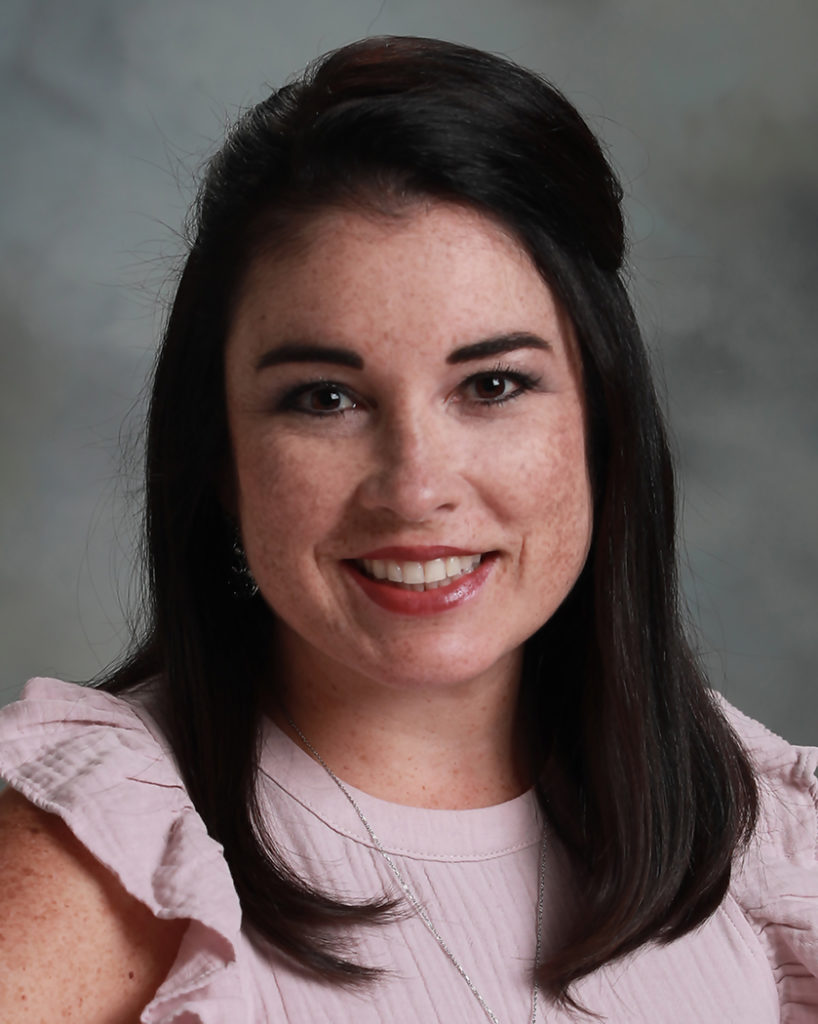
Teaching completely online has taught me that relationships with students CAN still happen, and form well, in fact. The human connections are the same, but the methods of connecting just need to change. If the outcome isn’t what you want (in this case, the relationships), then we as teachers need to keep thinking about what responses we are having to our current situation to deliver the outcome both we want and students need. And those reactions can come to us through shared ideas and experiences.
We must stay connected as a department, staff, district and even profession in creative ways so we have a continual way to build off of each other’s triumphs and shortcomings. I’d honestly say at least half of the new ideas I’m implementing are coming from colleagues or shared online platforms like blogs or Instagram. Who knows — if we spread more positivity and openly share our ideas during this time, we may just find that it is given back to us in abundance.
***
Rick McKinley, AP and college prep government, Foothill High School | Tustin Unified School District
Teaching during the pandemic has forced me to work even farther outside of the box than I usually do. I’ve had to embrace technology that I had not formerly used as a part of my class.
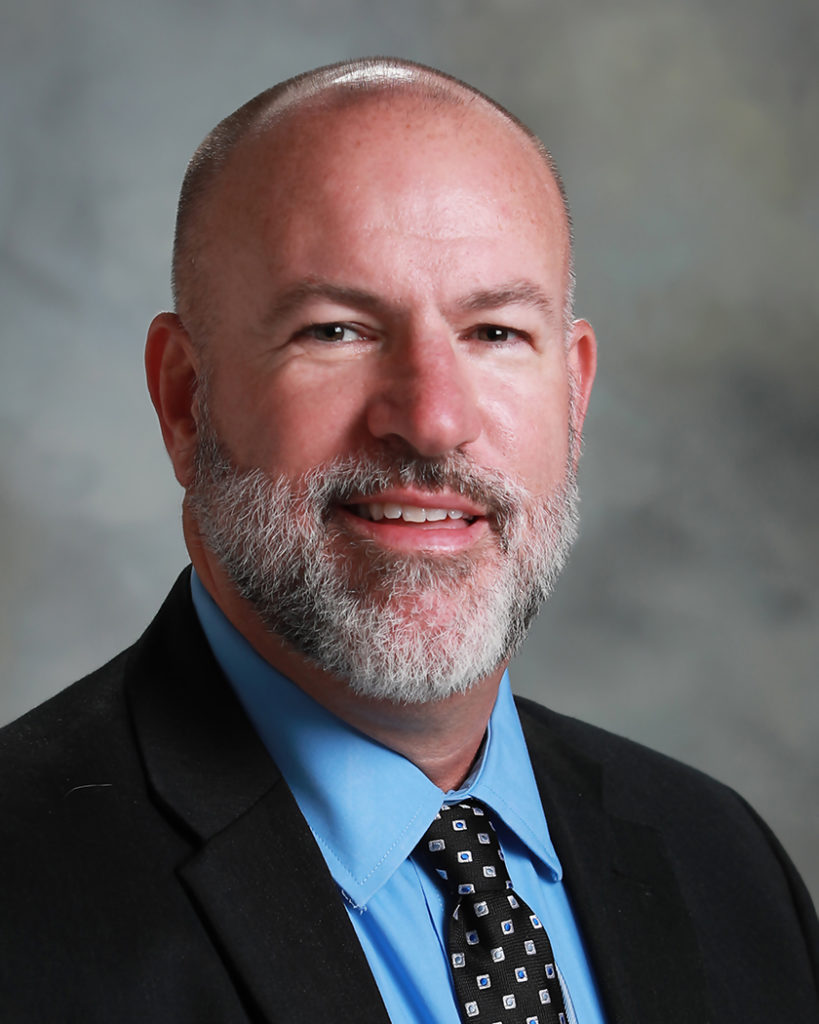
Distance learning has served as a catalyst for me to strive to learn new ways to support, inspire and engage my students. It has also made me keenly aware of the plight of my students and the effects their environment has on their ability to learn.
Most importantly, it has made me realize just how much the students and I both fed off the personal interaction we got daily from in-class instruction.
The personal relationships built through in-person instruction help me be a more effective teacher as much as it helped my students learn and grow. I’m excited to take these new skills and strategies I’ve learned during distance learning back to in-person instruction as soon as possible.
***
Carrie Nichols, second and third grade, Santiago STEAM Magnet Elementary School | Saddleback Valley Unified School District
Being a teacher in 2020 has definitely had its challenges, but it is through challenges that we learn and grow, and that has been the theme of this year for me as an educator.
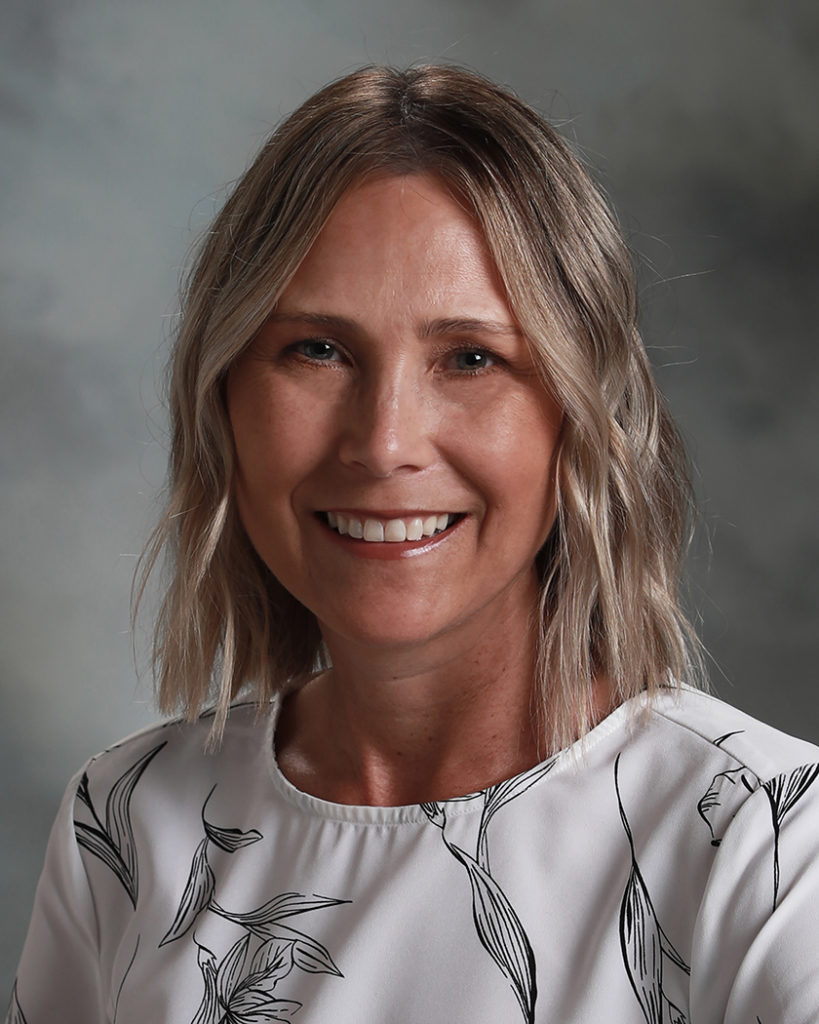
I ended and began this school year, as every other educator did, in distance learning. Teaching via Zoom and engaging students through a screen is by far one of the most challenging things I have faced this year as a teacher. But it was this challenge that brought forth the most growth as well.
I learned to adapt and change the curriculum each day, trying out new educational platforms. (Shout-outs to Whiteboard.fi, Screencastify, Google Jamboard and Nearpod). Most of all, I saw the tantamount importance of social-emotional learning. My students amazed me each day with their resilience and optimism.
It is during this time, during my office hour at the end of the day and our daily morning meeting, that I learned the most about my students. I was able to connect with them more than I ever had in the classroom. We were truly in this together. And these experiences have forever changed each of us.
While there are so many negative things we could all focus on this year as humans and educators, I choose to focus on those bright spots — those good things that came out of this shared experience. We won’t be the same, we will be better.
***
